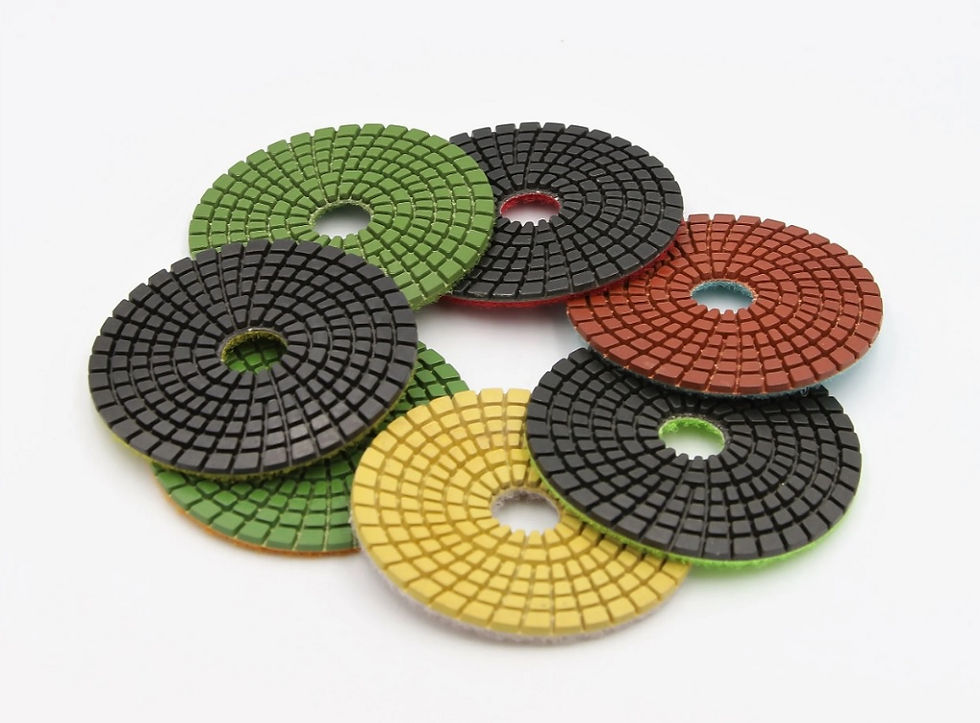Dust Extraction Systems And Their Designs
- ameliya lanne
- Aug 8, 2020
- 3 min read
Updated: Apr 26
Air pollution is a hazard of great concern to the entire world. Dust too is a huge cause of air pollution, leading to several lung based diseases in people as well as a large number of deaths. By the installation of extraction system designs specifically designed to suit your domestic or industrial purpose, millions of lives can be saved. Proper inhouse ventilation and extraction system designs need to be monitored for higher efficiency. The designs and construction materials need to be done with full safety standards.
There is a large variety of dust and fume collection systems, designed to control dust and other emissions. Designs such as reverse pulse jet dust collection equipment, dust control systems, dust and fume collectors. Some designs offer dust suppression solutions, include baghouses and cartridge dust collectors to filter the air with ease.

Types of Dust Controllers
Dust management is a serious service in Australia. A large array of dust collectors, fume extractors, vacuum systems, and more have been mass-produced by the country to cut down on air pollution through harmful emissions and boost the cleanliness and safety of the workplace and the employees. Here are the basic types of dust managements designed and available in Australia:
Abrasive blasting dust extractors - Metalwork factories tend to produce a lot of dust and fumes which can be very hazardous and contain carcinogens due to abrasive blasting. These specific extraction system designs help contain the dust and fumes as best as possible.
Chemical processing dust extractors - Chemical processes that involve grains, wood, or even metals produce excessive fumes which can be harmful to the human body.
Dust collection and extraction - General emission of dust in factories and companies can be collected and controlled with ease using general extraction system designs.
Pharmaceutical fume extractors - Medication and other pharmaceuticals products require good ventilation and proper air filtration. With the help of medical dust extraction design systems, air safety can be achieved and cleaned.
Mining Dust Suppression Extractors - Mining works are known to produce a large amount of dust and release several toxic and hazardous fumes. With the help of mining-specific dust and fume extraction system designs, designed to make the atmosphere clean and safe for all
Also, the design should be done keeping in mind the flow circulation between the coating stations and the quality of the draft inlet must also be checked. Also, if there are erratic patterns around the coating stations, then these also can affect the overall airflow.
Benefits of Dust and Fume Extractor and Controller Systems
The benefits of using dust extraction system designs are three-fold. As per government rules and regulations, the purpose of using dust and fume extractor is to keep the air clean for both survivals of humanity as well as this planet.
Health and safety measures - by clearing the air of harmful and toxic gases, the health of people can be kept safe. In places of toxic chemicals and fumes, these extraction systems suck out the harmful dust and fumes and keep the environment clean and safe for all.
Sustainability - Under the control of these extractors, the place of work and its environment can be made safe for work to thrive. The device also makes the factory to sustain with efficiency.
Trust and Quality - The extent of the design’s efficiency makes one and all to trust the safety levels. The quality of the work is also increased and made productive with the increase in safety levels.
Australian rules and regulations though aimed at keeping the environment safe and secure for the world to thrive, these extraction systems also make a business thrive and develop at a better place.



















Comments